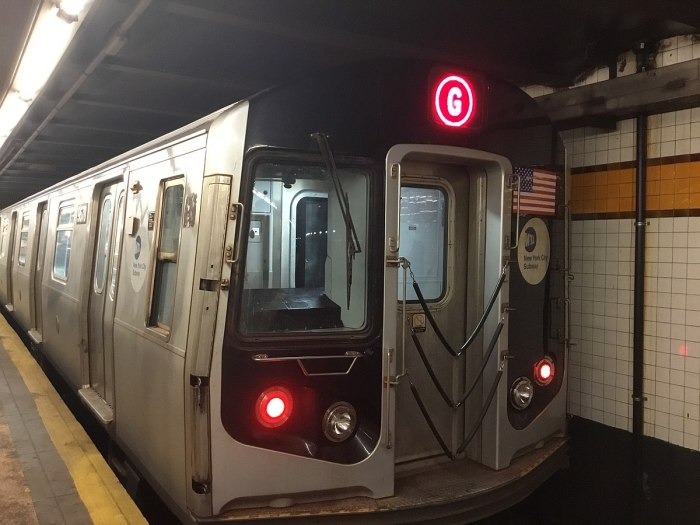Who will mourn the MetroCard?
The MetroCard has been getting some bad press lately. First, Sen. Bernie Sanders forgot that we got rid of tokens back in the early aughts, and then Hillary Clinton had some trouble swiping through the turnstile in the Bronx.
(The true New Yorker may have his or her moments with the indispensable golden passports, but the way we know that Clinton, like other politicians before her, is unschooled in the subway is the sheer number of swipes. One miss is understandable, but five? C’mon.)
Last week, the MTA signaled that it is one step closer to phasing out the MetroCard.
The MTA issued a request for proposals for a “contactless” payment system — one that would let riders pay by bringing their smart cards or mobile phones close to the reader, rather than swiping. (There will be an option for the unbanked and those without smartphones.)
It would make your daily turnstile experience a little smoother, but like any rare shakeup of the MTA’s lumbering hardware and bureaucracy, it could be a moment to tweak the system for the better.
‘Swipe again’ no more
The MTA has debated contactless payments for years without moving forward, even as cities like Chicago, Boston and Washington beat us to it.
The MTA says it plans plan to begin testing the system in 2018 but did not provide an estimate of when the system would be fully operational. The MetroCard would still be available as the system is phased in.
For Gene Russianoff of the Straphanger’s Campaign, a new contactless system is “necessary” for NYC. Compared to advanced systems around the world, what we have now is like “Fred Flintstone is driving the car,” Russianoff says.
The new system would be more convenient and also quicken the flow of passengers, Russianoff says.
Last year subway ridership increased 0.6 percent to 1.763 billion rides, the highest level since 1948, so any easing for a stressed system is welcome.
But the new payment system could also be a moment to think about other changes. When the MetroCard was introduced, it was impactful due to the change in technology but also the “change in policy,” says Richard Barone, vice president for transportation at the Regional Plan Association — free transfers to and from buses, and the unlimited MetroCard.
These changes were one factor in increased ridership numbers, he says, as riders took advantage of the extra swipes.
Upgraded contactless equipment and better technology tracking where trains are at a given time could provide the possibility for “creative” if far-out solutions, says Barone, which could make the subway more efficient and affordable.
These could include a system that automatically bumps you to a higher payment plan if you go over your limit; different prices at different times (peak vs. off-peak); or even some form of dynamic pricing. If a train were delayed, for example, the MTA could theoretically decrease the cost of an alternate route — a bus, maybe — to encourage riders to stay away from the crowded route and get them where they want to go faster. Uber surge pricing, but the opposite.
A spokesman for the MTA says it is premature to speculate before proposals are submitted, but we can dream.
Long live the MetroCard
Such conversations are still in the future, as is death of the MetroCard itself.
Until then, let us enjoy the MetroCard while it is still with us, before it goes the way of the token and the coin slot. The MetroCard: which brought color to our wallets and pockets. Which kept our fingers supple.
Will there be nostalgia? Will it live on as a favorite in the historical fiction of future ages, the period pieces depicting the first days of the millennium?
“I came from the generation that replaced the token,” says Russianoff. That change was profound as “Neanderthal to modern man or woman,” he says. But he allows that he feels “a little bit of a fondness” for tokens. And for the MetroCards? They were “flexible,” he says.
“Just as soon as you get used to something a new technology comes and changes it.”
This is amExpress, the conversation starter for New Yorkers. Subscribe at amny.com/amexpress.
































